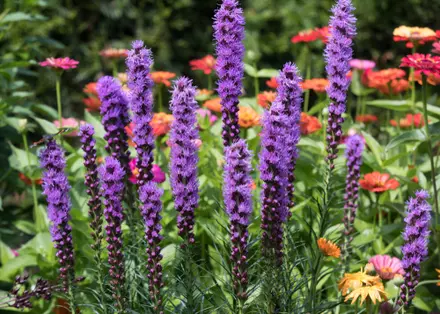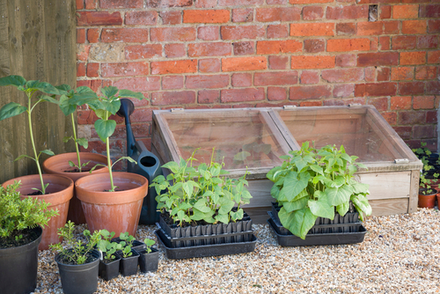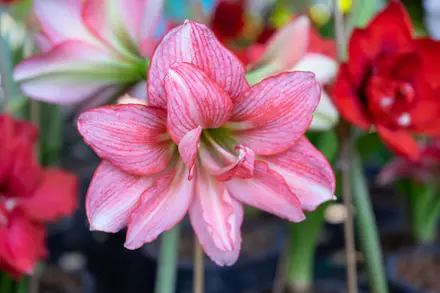How To Get Rid Of Hedge Bindweed: The Dreaded Plant That Won't Go Away
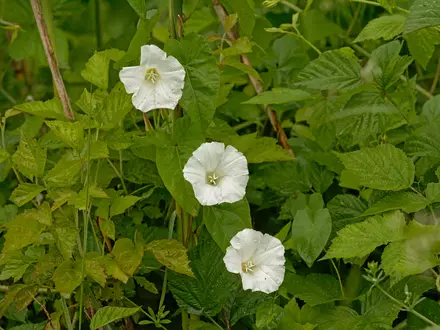
There are few things as frustrating as having a beautiful garden constantly being devoured by some pest or another. The worst is hedge bindweed, a pesky plant that can take over your entire garden, given half the chance. You can't simply remove or cover it up because it grows underground and spreads via its thick, fibrous roots. If you have this troublesome plant in your garden, you'll need to employ specific techniques and tricks to get rid of it.
What is Hedge Bindweed?
Hedge bindweed is an invasive, noxious weed known as wild field bindweed and creeping nightshade. It's a member of the Convolvulaceae family and closely related to the morning glory. The plant grows as a vine with heart-shaped leaves and purple flowers and is common in gardens, meadows, and waste areas. It's a perennial that can be difficult to eradicate and is often treated as a noxious weed by local municipalities. While it shares some common characteristics with morning glory, hedge bindweed is much more aggressive in its growth patterns. Its thick, fibrous roots can grow up to 3 feet long and travel deep into the ground, making it extremely difficult to eradicate.
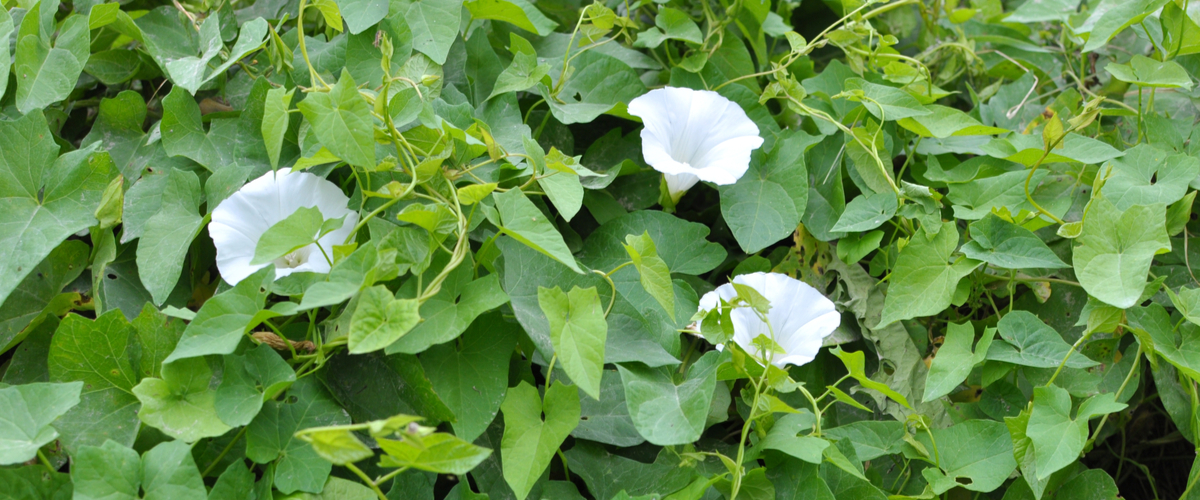
Identifying and Getting Rid of Hedge Bindweed Roots
The first step in getting rid of hedge bindweed is identifying and digging up as many roots as possible. It's a painstaking process that requires persistence and patience, but you'll be glad you put in the effort when you're finally rid of this pesky plant. To identify and remove hedge bindweed, you must first know what to look for. The plant will grow in patches that look like a tangle of vines and can be challenging to identify as individual plants. The leaves of hedge bindweed are heart-shaped and can be either green or purple. The flowers are pink, purple or white and are bell-shaped. If you are trying to identify hedge bindweed during its growing season (from May to September), you may be able to smell the distinctive odour of its crushed leaves.
Two Steps to Eradicate Hedge Bindweed for Good
If you've identified hedge bindweed in your garden and want to get rid of it, there are two main steps you'll need to take:
- Remove as many of the plants as possible. Taking care of this at the beginning is essential to preventing the spread of the plant.
- Remove as many of the roots as possible. This may seem like a lot of work, but it's the only way to ensure the plant cannot return. The roots of hedge bindweed are thick and fibrous, which makes them difficult to remove. They'll grow back almost instantly if you don't dig the roots out.
Weed Killer Options for Killing Hedge Bindweed
If you want to kill the plant off quickly, there are several options for a weed killer that will kill hedge bindweed. The best weed killers for killing hedge bindweed are glyphosate-based herbicides. Glyphosate is a nonselective herbicide that kills all plants, including hedge bindweed. When applied correctly, it will kill the plant within hours. When deciding which weed killer to use, read the label to ensure it can kill off hedge bindweed. While many weed killers are effective at killing off this pesky plant, they're not all safe to use around humans or pets. If you want to be safe, use a herbicide to kill hedge bindweed. You can find them at most garden stores or online.
Strategies for Keeping Hedge Bindweed Out of Your Garden
If you're dealing with an infestation of hedge bindweed, the best way to keep it out of your garden is to prevent it from getting in the first place. Here are a few tips for maintaining hedge bindweed out of your garden:
- Weed regularly - It's essential to keep your garden free of weeds. If you notice hedge bindweed in your garden, weed periodically to prevent it from spreading.
- Avoid tilling in the garden - Tilling your garden is a great way to loosen the soil and help it retain water. It also opens your soil up to weeds and other pests that can take root and spread rapidly.
- Avoid overly rich soil - Hedge bindweed thrives in rich soils, so make sure yours isn't extremely rich.
- Avoid using compost with weeds - Compost with weeds can introduce the plant hopper and the plant's seeds into your soil.
Get Rid of Hedge Bindweed
Hedge bindweed is one of the garden's most aggressive, invasive plants. It can take over an entire garden, given half the chance and can be challenging to get rid of if left unchecked. If you want to get rid of this difficult-to-kill weed, you'll need to identify it, remove as many of the roots as possible, and implement strategies for preventing it from getting in the first place. There are a few options for killing hedge bindweed, including glyphosate-based herbicides. It's essential to weed regularly to prevent it from spreading. To keep it out of your garden, avoid tilling in the soil, using compost with weeds, and avoiding overly rich soil.

